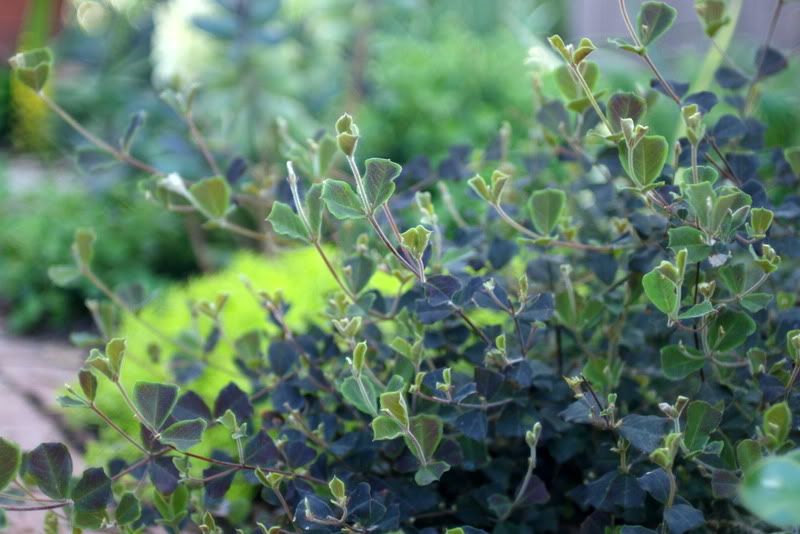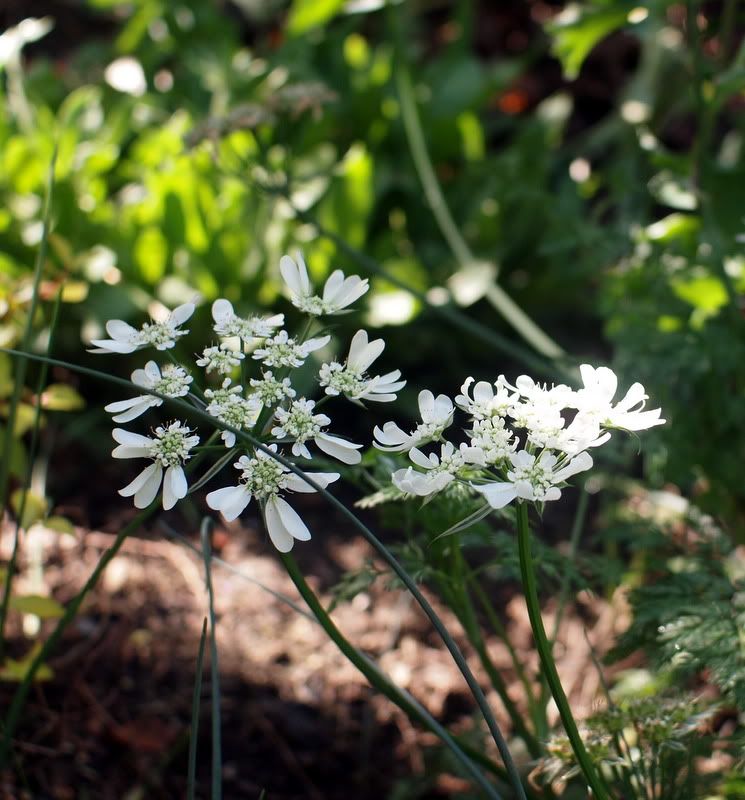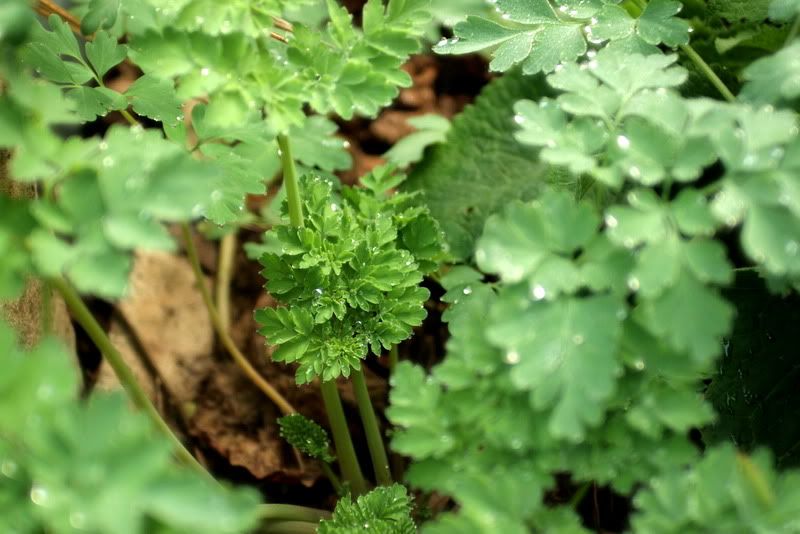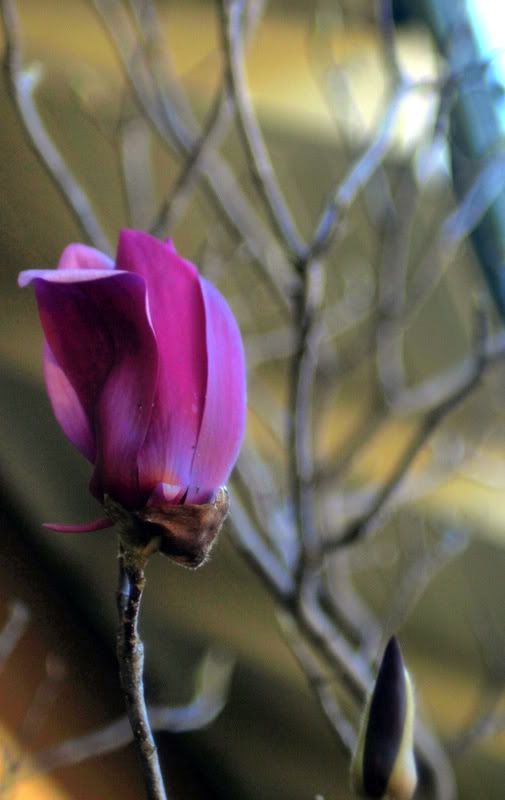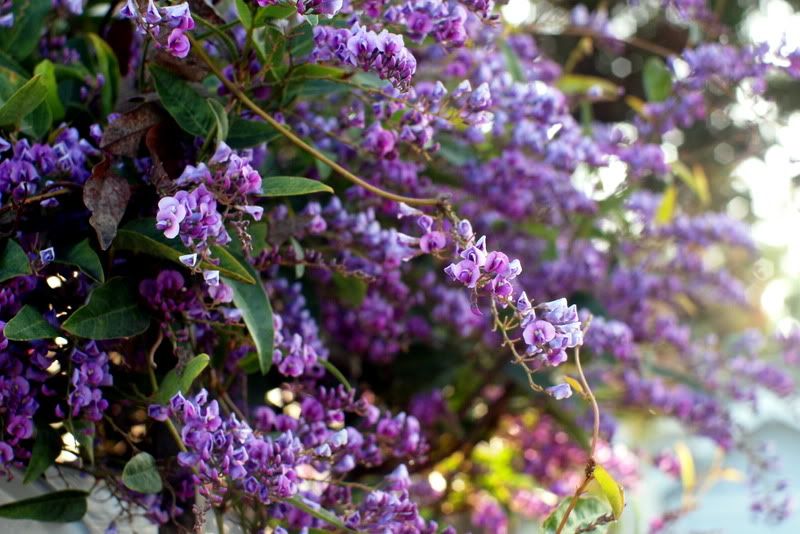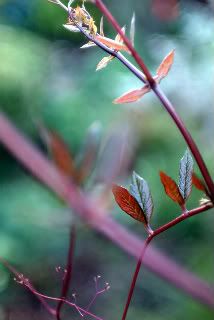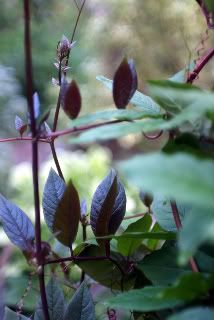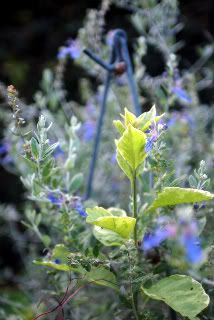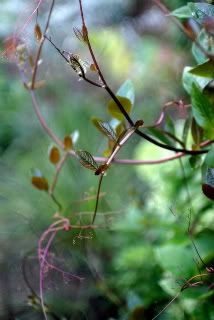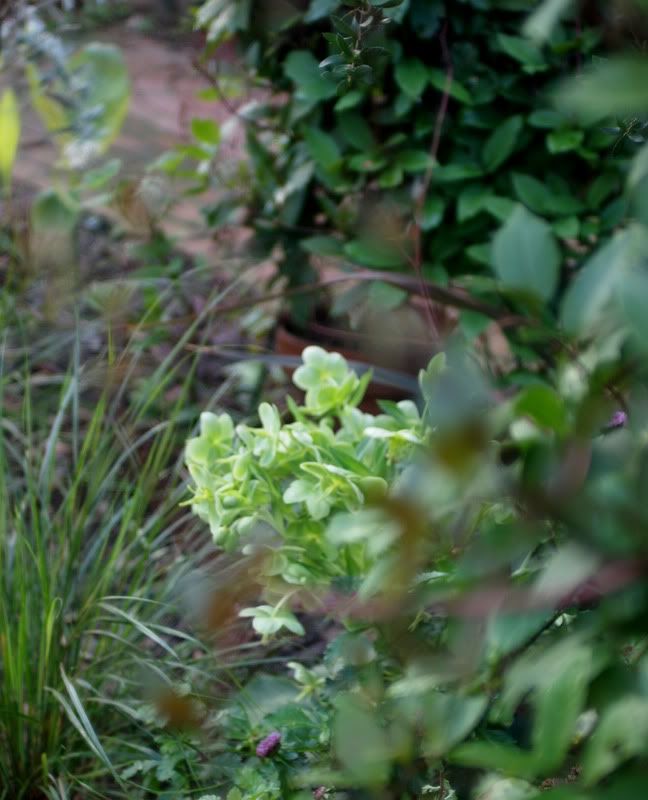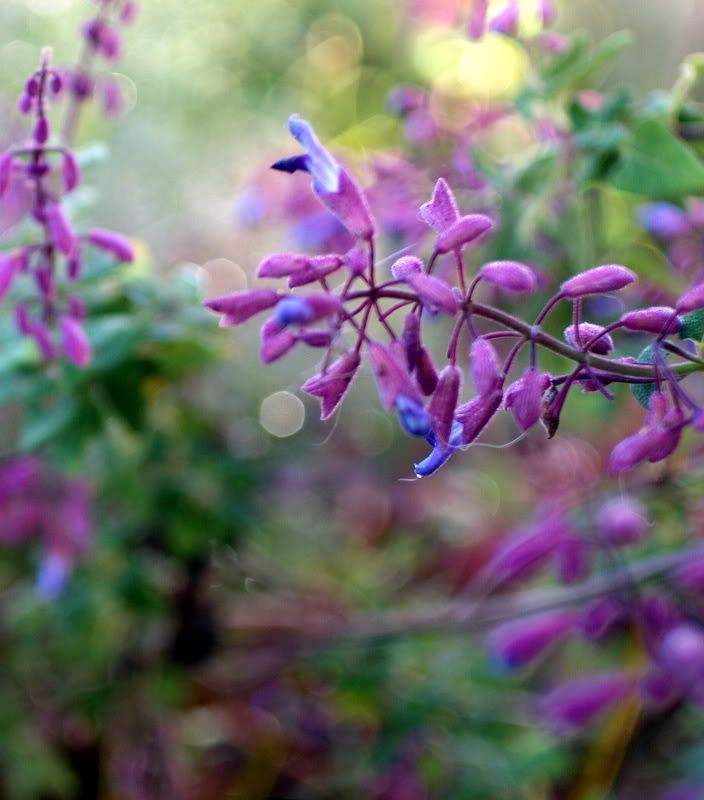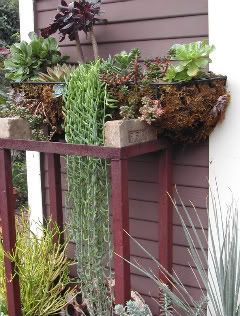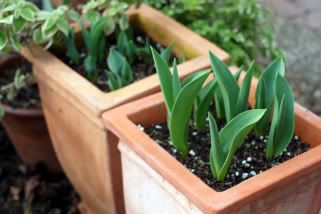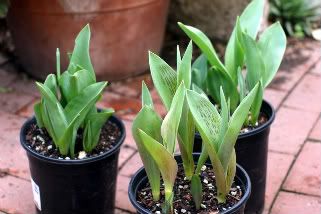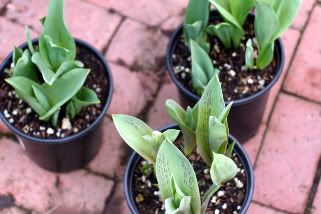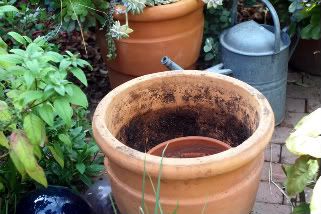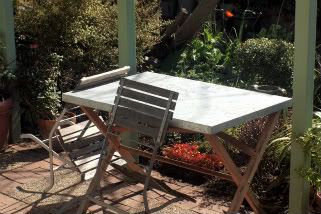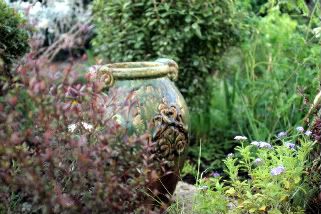Anybody else keep theirs? 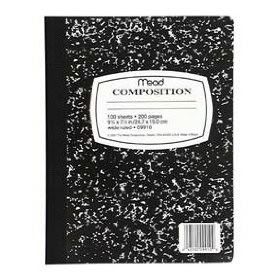
Found this entry from April 1985, when all things horticultural were then confined to a small plot in a community garden a couple miles from our apartment:
“Gophers running amok, seemingly in my garden alone. Can this mean my lettuce tastier due to higher fertility? Such hubris over humus…”
An alliteration affliction evident back then and a slightly skewed way of looking at garden problems. Some things never change.
Along with veggies for us, I was attempting a small-scale (okay, micro) commercial flower-growing enterprise, yes, in the community garden, for local
restaurant vases and such, and growing every possible vase candidate I could find seeds for. Surrounding garden plots were tended by mostly temporarily
land-locked fishermen from the local fishing boats out of LA Harbor, Italians or Slavs like my uncle who climbed up the crow’s nest as lookout for the schools
of tuna that have now disappeared from local waters. (I was once warned by one of their wives not to pick my tomatoes at that “time of the month” or
I’d ruin their flavor. It was always a shock to find her occasionally sitting in a chair near the garden, arms crossed in front of her, enforcing the monthly ban
from touching tomatoes while her husband gathered the vegetables.)
Other than the odd questionable folk tale, a community garden is an excellent place to learn the craft of gardening. And we had Earl, the gopher hunter,
whose traps were always placed with lethal accuracy and his pants held up with a length of rope. His skill, if not his wardrobe, merited him top standing
in the community garden hierarchy.
Here’s May 13, 1985. Note the heart-breaking quantities of ones and twos:
“Cut a pink larkspur spike, the first. The red yarrow has been blooming some two weeks — have cut two flower heads. The coreopsis
is almost unbearably prolific. Have been reduced to merely 4 agrostemmas in the garden, starting out nearly double, due to that
curious wilting which I think is due to too much nitrogen or maybe overwatering. They bloomed fine in the planter box last year,
no casualties remembered. I’m sure there will be others that need to be segregated into a bed of less luxurious conditions.”
An entire notebook of page after page of such entries. Yawwwn. And I fairly soon thereafter began buying in flowers at the downtown
flower market for the vases, rinsing out and washing the vases in a VW camper van, soapy water streaming out the sink drain onto the
restaurants’ parking lot. And then not long after went out of business entirely. I’ve had no gopher problems or commercial production
ambitions since. But I’m still a solid community garden fan and mean to get on a waiting list again this year.
And the agrostemma is behaving exactly like that now, 25 years later, so factoring in all the rain this winter, I’d say it was overwatering.

